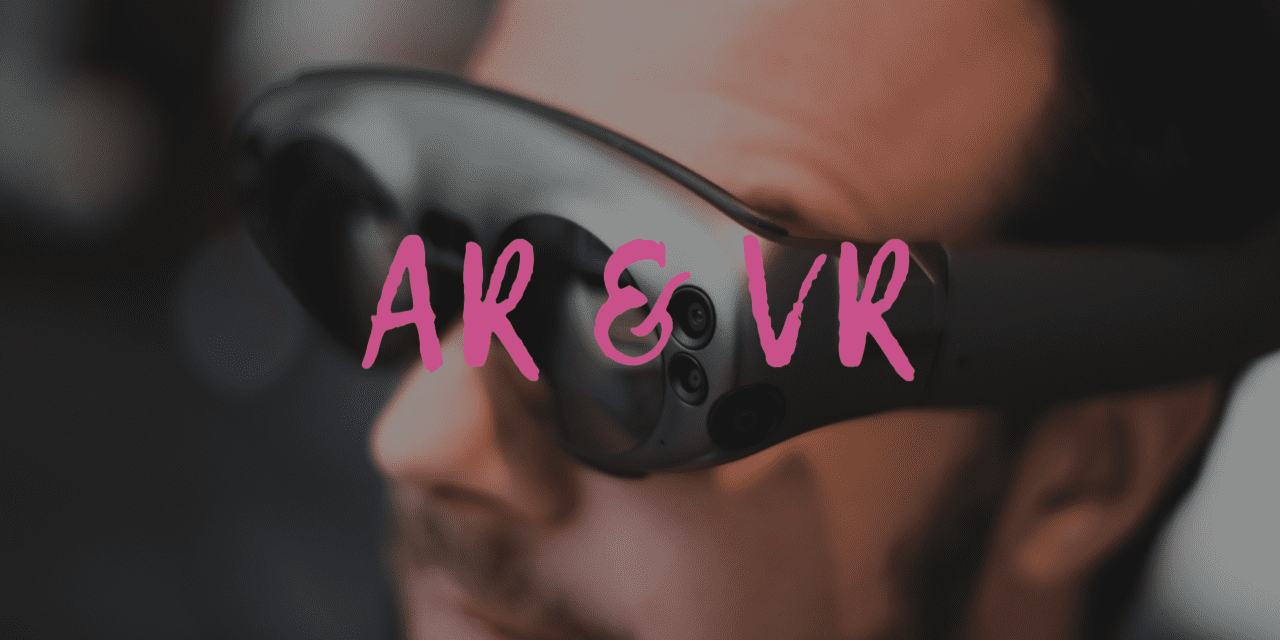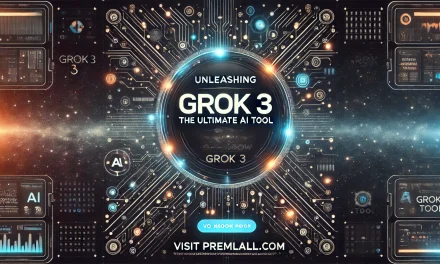Augmented and virtual reality marketing is the combination of two closely related marketing strategies – Augmented Reality Marketing and Virtual Reality Marketing. The two marketing strategies use the same technology to make users have an enhanced or enriched experience. The technology is mainly used in movie production, gaming, navigation, designing, and entertainment but now adopted in marketing. Although the two exhibit some similarities, they must never be mixed up together as one.
Augmented reality is simply an experience produced when a digital layer enhances a real word environment in standard time. Augmented reality aims at changing, blending, and improving one’s perception of the real world without removing the physical environment. The experience resulting from augmented reality is said to be the interaction between real and virtual worlds, which happens in real-time in the 3D model. This system is implemented in the production of the augmented reality eyeglasses, contact lenses, and virtual retina display.
Meanwhile, virtual reality is the three-dimensional experience simulated by a computer that is usually different from the real world and can be interacted with by using a headset or sensor gloves. The system is used in improving the image quality of games and videos, and in the creation of a model environment for human practice before a real-life encounter.
The main difference between augmented and virtual reality is that the first adds more visual layers or effect to what exists in the real world, e.g., Snapchat filters and Pokémon Go, while the other creates a new environment. People can visualize and manipulate a virtual reality by mounting a head helmet or using a handheld controller, but augmented reality is possible on mobile devices, smartphones, and laptops.
Although these systems are usually implemented in creating fictional movies and games, it can also be used in the business world to make customers experience a product before buying. Less product grade is not always the reason for customer complaints, but the inability of a product to satisfy customer demands can also result in adverse product reviews. Below are the following ways by which businesses have been making use of augmented and virtual reality marketing;
1. Promoting an event.
Sports companies have been using augmented and virtual reality to promote and sell more tickets to customers. They came up with an app that can make customers visualize the whole pitch from their seats without leaving their houses. With this innovation, a customer can decide the best seat to pay for without leaving the comfort of their home. How about using that same idea to market tickets for an opera or cinema show?
The sports industries are also working on using virtual reality to make their viewers watch a live match on the stadium without flying down to the arena. Although they are yet to commercialize this idea, it has already been in implementation. The BBC and NBC used it in broadcasting the Rio 2016 Summer Olympics games kick-off, but there are still some challenges to VR broadcasting.
2. Marketing products and services.
This is another method used by business that deals in clothing and furniture to stand out of competitions and sell more products. Small business owners can create an online dressing room or an app that allows customers to try new clothing on before they purchase. Or an application that they can take their photographs and then select ties to see how it fits their neck. That is an example of augmented reality marketing.
Have you heard of online planning tools called the IKEA planner? This tool helps customers to bring their dreams into reality. You can arrange and design your offices, kitchen, and rooms with furniture by using this tool. When you are fully satisfied with the result, then you print and make your orders.
Another one like IKEA is the L’Oreal Makeup Genius app created by Image Metrics that enables customers to try makeup on before facial application. These are the ways businesses have been using augmented and virtual reality marketing in getting more sales.
3. Advertising services.
Small businesses can also use VR to advertise their services to customers. As a person that constructs house roofs, you can make use of virtual reality to show customers the beauty of the roof after construction. Virtual reality is also useful in advertising a tourist attraction to interested travelers.
Augmented and virtual reality is the future of digital marketing for businesses, and there are still more benefits to unveil. This strategy is more promising, but it depends on how much a business owner can tailor it to benefit their business.
How to get started with Augmented and Virtual reality marketing?
Small businesses should not be scared of augmented and virtual reality marketing because of its high technological advancement and requirement of programming knowledge. Focusing on the good at the other side would encourage you to overcome the challenges. The following are all you need to do to launch an augmented and virtual reality marketing campaign;
1. Define your goal.
At this stage, you state the reason for considering the augmented and virtual reality market. Is it to brand your product or to advertise it? Your decision will provide an insight into what program to control the augmented and virtual reality system.
2. Determine if your buyers are proficient technologically.
Here is another factor that determines success in augmented and virtual reality marketing. It tends to answer the question, “how well can your users relate with the system? The answer to this question can be accessed based on the success of the new marketing strategies used by the business. Have you been using Chatbot for your customer support? How has your customer been relating to Machine Learning? These are the questions that will guide you into knowing the technological proficiency of your customers.
3. Hire software engineers that will tailor the system to suit your goal.
This is the part where you hire programmers and AR specialist who will help you fashion out an app or tools for your business.
Over to you
What are some ideas that you think a small business can use to start taking advantage of Augmented Reality Marketing and Virtual Reality Marketing?








